
Discover the Ultimate French Food Dictionary: From A to Z
May 4, 2017
We have drawn up this handy French A-Z food name list with many ingredients you are likely to see on the menu while vacationing in France.
By: Genevieve Mc Carthy / Last updated: February 5, 2025
Estimated reading time: 12 minutes
Cheeses from Italy have found their place in the hearts of foodies worldwide. There are hundreds of cheeses in Italy, made virtually everywhere – from the alpine meadows of the north to the picturesque rolling hills of Tuscany to Sicily’s romantic plains. Parmigiano, Mozzarella, and Provolone only scratch the surface of Italian dairy. Cured and soft, intensely fragrant and mild, ideal for shredding or perfect for spreading, made with cow, goat, sheep, or buffalo milk, there are countless cheese varieties in Italy. Each region offers its specialties and spins on the classics.
The “Slow Food” Movement runs a spectacular Bi-Annual Cheese fair in the Piemonte town of Bra, and this is Cheese Mecca! Quality is of the utmost importance to Italian cheese producers, and there are cheese “conzorzios” and quality control boards (similar to wine and olive oil) for each type. There are two quality classifications for Italian Cheese- DOP (Denominazione Di Origine Protetta, i.e., Protected Designation of Origin) and IGT (Indicazione Geografica Protetta, i.e., Protected Geographic Indication, same quality control also used for wine) so if you see these labels on the cheese it signifies the maximum in quality assurance.
While it would be impossible to cover all of Italy’s amazing cheeses, here is a look at some you will likely encounter on your gourmet tour of Italy, along with other more classic gems.
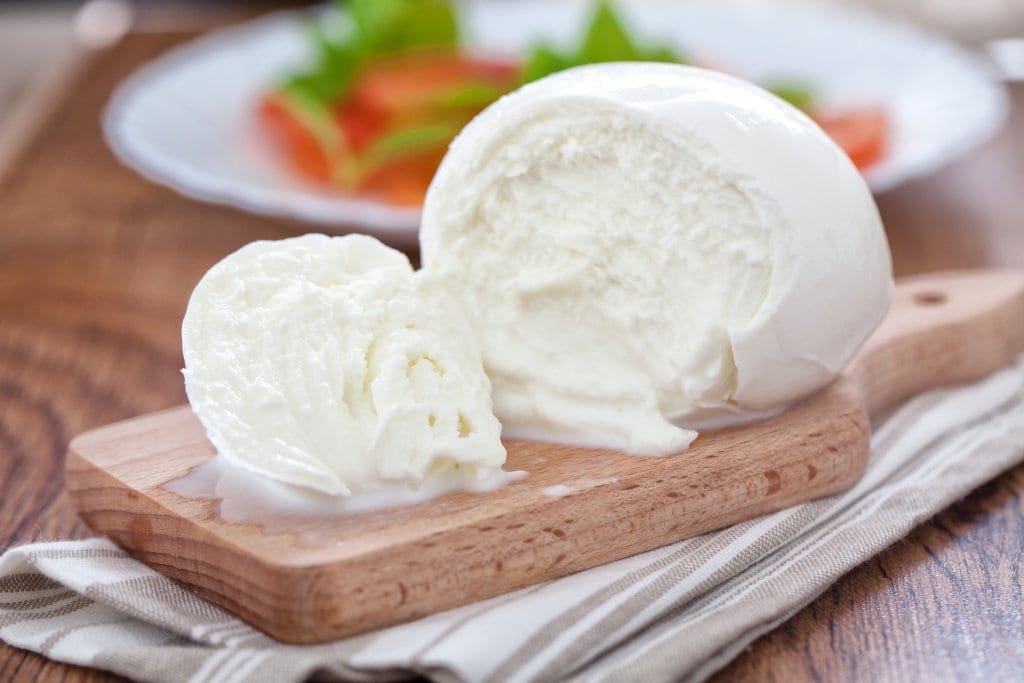
A variant of Mozarella from Puglia, a gorgeous calorie bomb. The process is similar to Mozzarella, with the difference being additional cream is added. The result is an indulgent, milky cheese, best when just made. Burrata is served on its own or also in white pasta. Delicious.
A Southern Italian cheese shaped like a mini gourd, it comes in plain or smoked varieties. It is a hand-shaped cheese (“Pasta Filata”) made with cows’ milk and can be eaten three months after ripening. It can be consumed while young (usually after two months) and when aged (up to two years). Five southern provinces, Campania, Calabria, Molise, Basilicata, and Puglia, all produce Caciocavallo Silano DOP cheese.
In Foggia province, located in Italy’s southern “heel” known as Apulia (Puglia in Italian), cheesemakers craft a delicious flaky sheep’s cheese using a technique that dates back to Homer’s Odyssey! These cheeses are then aged for 2 months to a year, resting on fennel stalks. With an intense bouquet and a Parmigiano-like texture, this cheese pairs well with a rich Puglian red from the Tormaresca estate.
Authentic Mozzarella is made with water buffalo milk. When made with cow milk, the correct term is “Fiordilatte.” The magic of fresh mozzarella lies in its fleeting nature. Crafted using the “Pasta Filata” technique, curd is dipped in hot whey, then stretched and kneaded by hand. Exported mozzarella often takes the form of a soft, fresh ball stored in water, but this doesn’t capture the true essence. Real Mozzarella di Bufala, made in Campania, Italy, is a sublime pleasure best experienced within 24 hours at high-end restaurants. At the Vanullo dairy, for example, taste just-made Buffalo milk yogurts, ice creams, and moist mozzarella “braids” (called “treccia”)- an unforgettable experience! Delicious served with heirloom tomatoes and fresh basil (called an “Insalata Caprese,” or “Capri Salad), it’s also the world’s favorite pizza topping.
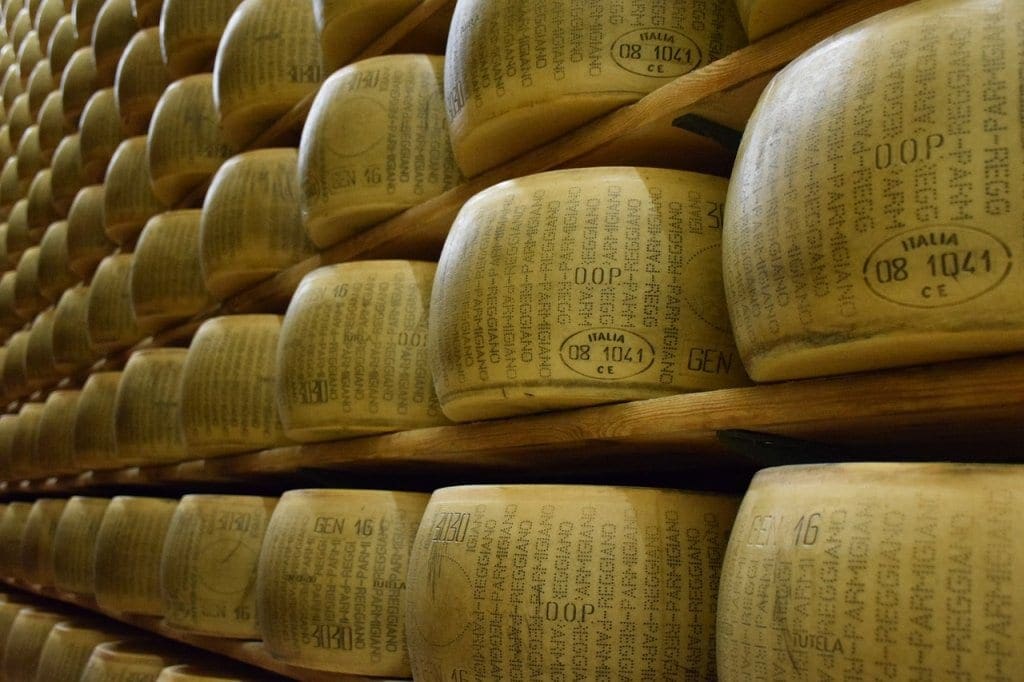
This cheese is made from the marvelous region of Marche on the Adriatic coast, with 70% sheep´s milk and 30% cow´s milk. It is a young, tender cheese, usually only aged 20-30 days. An anecdote is that this cheese is said to have been a favorite of Michelangelo!
This young soft cheese is made in the lovely Chianti wine country with raw ewe milk. The intense flavor goes great with a luscious Riserva from Chianti’s Badia Coltibuono estate.
“Parmesan” is perhaps Italy’s best-known cheese. Parmigiano Reggiano boasts a strict appellation system, limiting production to specific regions: Bologna (west of the Reno River), Mantua (east of the Po River), Modena, Parma, and Reggio Emilia. This prestigious cheese comes in a wide range of qualities and prices. The most basic version is aged for 12 months, while highly sought-after wheels can reach 36 months of aging, reflecting an impeccable production process. Parma is the heart of Parmigiano production; they often serve roughly cut chunks of cheese with sparkling wine, an excellent combination. You can grate it over pasta, salad, soup, or bread or toss the rind into a stew for added flavor.
This is a superb example of Pecorino; this sheep’s cheese can be sold fresh (with a red rind) or aged (with a black rind). It is also often sold in small pieces in extra virgin Tuscan olive oil in jars.
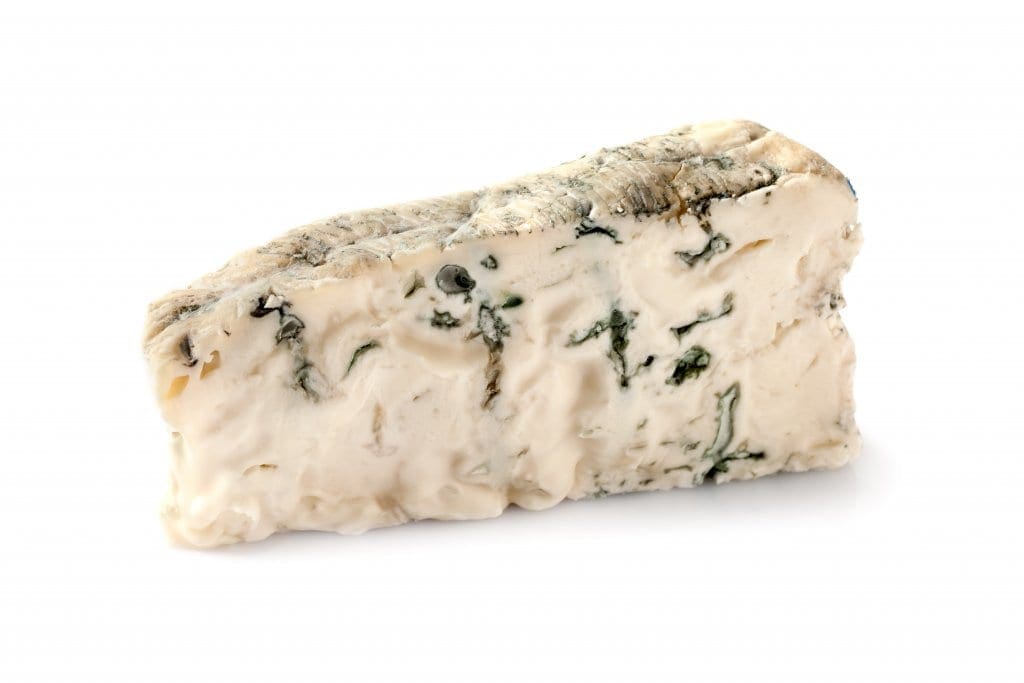
This delicious cheese is made in the Val Caffaro in Eastern Lombardy. “Bagòs” in Brescian dialect means “Bagolino,” and Bagolino refers to the little village where this cheese was invented. Cows milk is used to make this yellow cheese (colored from saffron), often aged for 1 to 2 years. It pairs well with Franciacorta bubbly.
Made near the Valtellina wine-producing region of northern Lombardy, Bitto is a wonderful cow’s cheese that can be “young” (70 days) or aged (“stagionato”) for up to 10 years—intense flavor and bouquet. A small amount of goat’s milk can also be included.
A pungent “Italian Blue Cheese,” Gorgonzola is an intensely flavorful semi-soft cheese best eaten on salads, with fruit like grapes or pears, or spread on bread. It’s excellent, accompanied by the rich Amarone and Recioto wines, and made in Lombardy and Piedmont.
This Lombard cheese is made with cow milk and comes from the Val Chiavenna. It can be aged for as little as one month and up to one year. It can be served in slices to accompany polenta—it pairs well with robust red wines from Valtellina.
mascarpone is technically not a cheese; it is made with cream instead of milk in a process similar to yogurt. The texture is soft, ultra-creamy, and saltless, so it is used for many desserts. Mascarpone is the key ingredient in Tiramisu, for example. It is also used in savory sauces to add a depth of flavor.
This short and squat soft cheese comes in rectangular shapes and is made with pure cow’s milk. The most famous characteristic of Taleggio is its powerful aroma. Maturing takes about 40 days, and Taleggio is often used in cooking (risottos especially) as it has a delicious, almost fruity flavor. The Val Taleggio (namesake) is in Lombardy near Lake Como, but Taleggio is made all over the north of Italy, including Piedmont (Novara and Verbania) and the Veneto (Treviso).
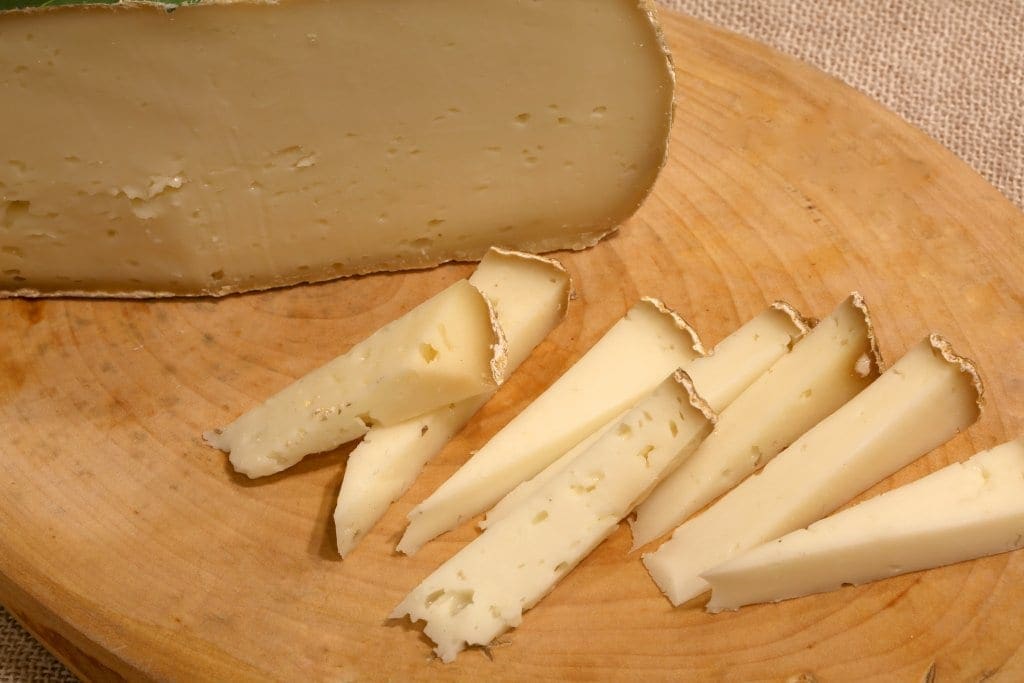
You’ll find this mild hard cheese shredded over pasta or atop risotto. This pale cheese is made with cow’s milk and can be aged for up to 24 months. Asiago Mezzano is six months old, Vecchio is one year old, and Stravecchio is two years old. Asiago is produced in the Veneto (Padova, Vicenza, Treviso) and Alto Adige (Trento) areas.
This delicious cheese is made with cow’s milk in the Veneto (Belluno, Treviso, and Padova) and Friuli (Udine, Trieste, Gorizia, Pordenone, etc.) The “stagionatura” (aging) is at least two months, and Montasio can be aged up to one year. The intense and concentrated flavor pairs nicely with Friuli’s “Super Whites,” such as the Bastianich Vespa.
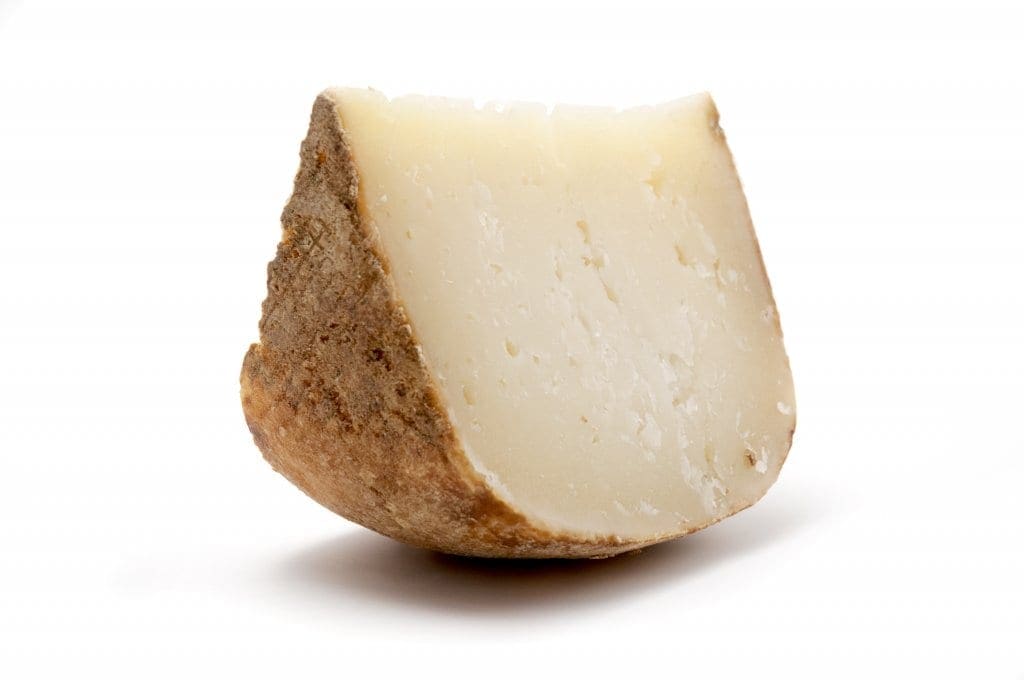
“Sardinian Flower,” this sheep’s cheese (Pecorino) is firm and has the savory nuances of Mediterranean herbs. Aged from 1-6 months, this cheese is of the highest quality and is made using historic techniques.
While Pecorino is made in many different regions of Italy (Pecorino Romano from Rome, Pecorino Toscano from Tuscany and Pecorino Siciliano from Sicily, Pecorino dei Monti Sibillini from Marche, Pecorino del Sannio from Molise, or example), Pecorino Sardo from Sardinia is the one most exported. “Pecorino” refers to any Italian cheese made from sheep’s milk, as “Pecora” means sheep. Pecorino is a hard, pressed cheese that is often aged. In general, it takes up to a year for the cheese to mature, and it is during this time Pecorino’s characteristic tangy and savory flavor comes into its own. Pecorino cheese is used in various ways- served on its own in wedges with wine, as an ingredient in many sauces, including pesto, and grated into risottos and over pasta.
This unique saffron-colored Sicilian cheese is a hard sheep´s cheese made between October and June and served fresh. It is spiked with peppercorns and pairs well with a Sicilian white like Planeta’s buttery Chardonnay.
This cheese comes from the Sicilian city of “Ragusa” (a beautiful place known for its Baroque architecture). Cows milk from the special Modicana breed of cows is used to make this small-production cheese, aged from 3 months to one year.
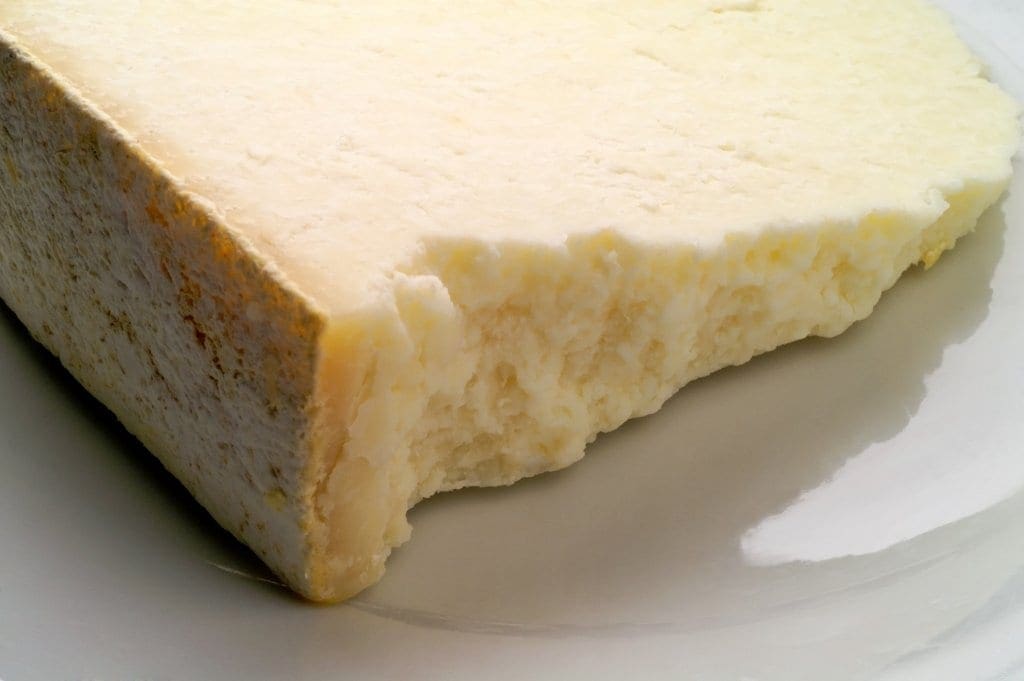
This cheese is renowned as one of the finest from the Piedmont region, originating from the area surrounding Bra, also known as the birthplace of the Slow Food Movement. Bra Duro tends to be the nuttiest one, but all are delicious.
There are different types of Bra cheese:
Bra Duro tends to be the nuttiest one, all delicious.
Cheese is made from unpasteurized cow’s milk, fantastic Alpine cheese, and a streaked “blue” produced around Moncenisio. It tastes excellent with late-harvest sweet wines.
Named after the village where it is made, this is one of Piedmont’s most renowned cheeses. Made in the Alps (in the Grana Valley) from a specific breed of Piemontese Cow milk of two separate milings and then aged naturally in caves for 2 to 5 months. The cheese is crumbly and a pearly color with blue streaks. Besides being an excellent dessert cheese, it is also used in gourmet cooking.
It is named after the Raschera Alps (Cuneo province, Piedmont). Made from cows’ milk, the taste is pronounced, herbaceous, and moderately spicy in the aged version—it pairs well with juicy Dolcetto d’Alba.
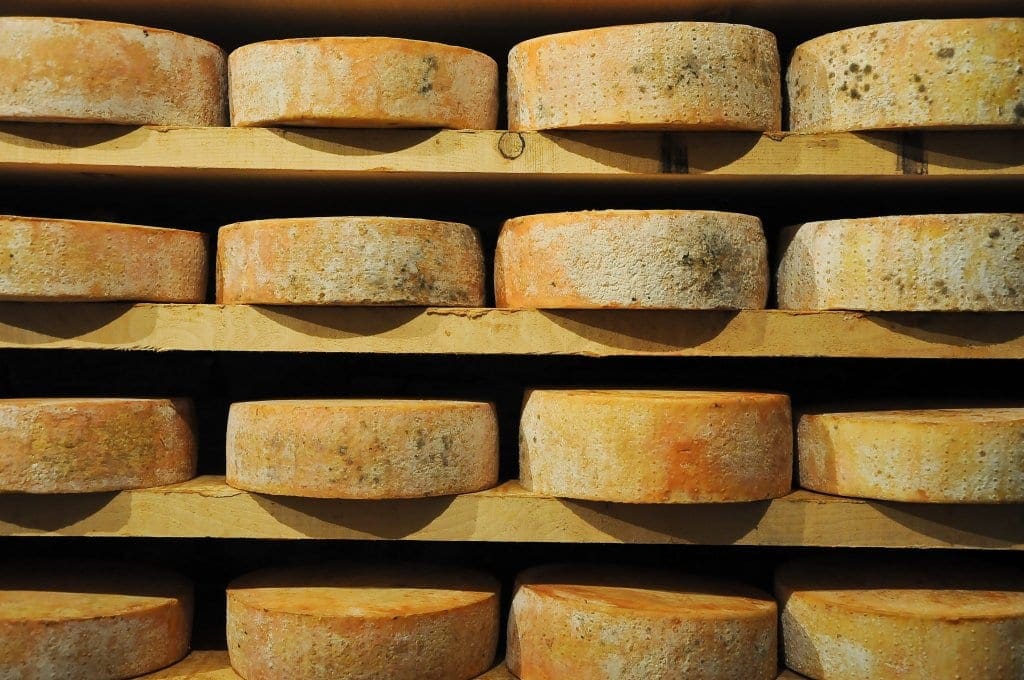
This semi-soft cow’s milk cheese, made in the French-influenced Aosta Valley in northwest Italy, is a favorite for gourmet fondues lovers. Fontina has a wonderful, mild, nutty, and buttery flavor.
This cheese is the “twin” of Parmigiano Reggiano. However, while Parmigiano Reggiano is only made in a small protected appellation in Emilia Romagna, Grana Padano is made all over the plains of Northern Italy from Piedmont, Lombardy, Trentino, Veneto, and, of course, Emilia Romagna. This affects flavor ever so slightly in the types of grass the cows eat in the varying regions. Grana Padano is also a little paler than Parmigiano.
Ricotta – Made all over the Italian peninsula, Ricotta is created by combining the whey from other cheeses; the spreadable soft Ricotta is most often used as a cooking ingredient; it’s a must for dishes like lasagna, manicotti, and cheesecake. Variations of traditional Ricotta include “Ricotta Forte” (Puglia), “Ricotta Affumicata Sarda” (Sardinia), “Ricotta Infornata” (Sicily and Puglia), “Ricotta Ossolana” (Piedmont), and “Ricotta Salata” (Sicily, Sardinia, and Puglia).
Affumicato – smoked
Amarognolo – slightly bitter, term aficionados use
Aromatico – aromatic
Aspro – sharp
Bufula (Formaggio di) – buffalo’s cheese
Burroso – buttery
Cagliata – curd
Caglio – rennet
Capra – (Formaggio di)- goat´s cheese
Caprino – fresh goat´s cheese
Caratteristico – characteristic
Caseificio – Dairy, cheesemaker
Coltello da Formaggio – cheese knife
Delicato – delicate
Dolce – literally “sweet,” but for cheese, it is used to mean the flavors are round, neither sharp nor spicy
Duro – hard
Erborinato – Blue cheese, usually cow´s cheese.
Formaggio – cheese
Formaggio alle erbe – cheese with herbs
Formaggio alle noci – cheese with walnuts
Formaggio erborinato – blue cheese
Formaggi al carrello – cheese trolley
Forte – strong
Fresco – fresh, young
Fruttato – fruity
Fuso – melted
Grattugiato – grated
Intenso – intense
Ircino – used to refer to the typical flavor of goat´s cheese
Latteo – milky
Maturazione– maturation (aging)
Morbido – soft (cheese)
Muffe – cheese mold
Muschiato – used to refer to the flavor of buffalo milk
Pecora (Formaggio di)- sheep´s cheese
Piccante – spicy, often used to describe certain goat cheeses
Ricotta – re-cooked, cottage cheese
Salamoia – brine
Sapido – used to describe very savory cheeses
Siero di latte – Whey
Speziato – spiced, used to refer to cheeses that have a nuance of spice (such as nutmeg)
Stagionato – matured
If you would like us to customize an exclusive luxury tour, contact us and let us know your travel plans. We offer luxury food and wine tours for private groups of a mininium two guests. In addition, all of our private, chauffeured tours are available year-round upon request.


Marie Ottogallisays:
August 18, 2021 at 8:45 pm
Can you tell me what type of cheese is popular from the Cadorin region? My dad used to come home with what he called "Cadorin cheese", but I never knew the real name. The closest I have found is fresh Asiago (aged less than 2 months).
Jerry Edingersays:
August 30, 2020 at 1:42 am
I've been trying to find the Monti Trentini Asiago Vecchio for 4 years here in the U.S. Would you know where I can buy it?
Raymond Paul Offredisays:
October 8, 2018 at 1:50 pm
Gr.Grand father was Giovanni Offredi (Peghera) b1830 Worked in Astoria as a young man then with Carlo Gatti in England at Londons "ice wells".I have much info on families Confectioners days but little on cheeses and caves around Lombardy.Will visit in summer of 2020...thank you